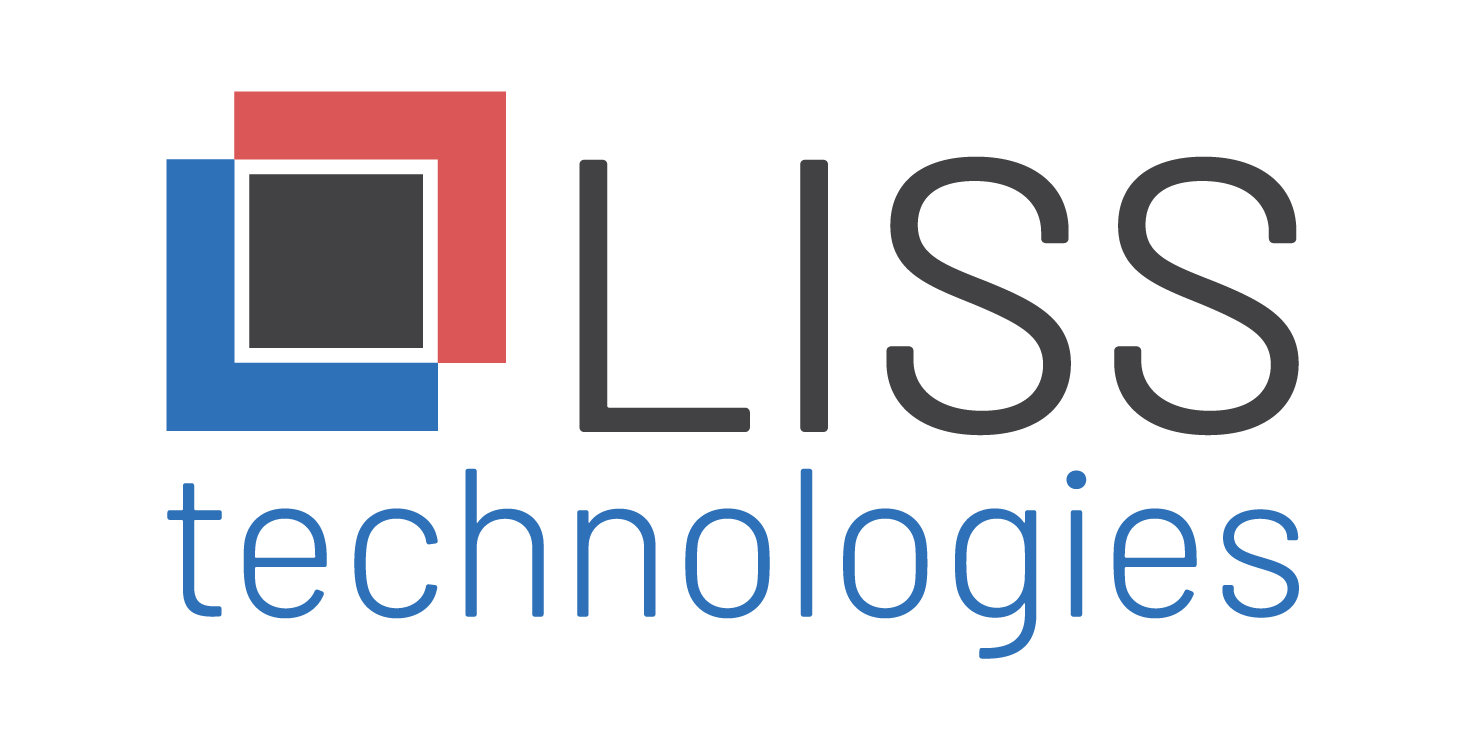
Proprietary organizational data and processes, as well as confidential customer information, must be protected from hackers and malicious actors. The cyber threat landscape is constantly evolving. Given all of the upheaval in 2020, that rate of change has only accelerated.
Changes in how companies operate—especially shifting to remote work—redrew the battle lines in the war against data thieves. Here, I’ll outline a few best practices and some key things to avoid moving forward.
Form Robust Technology Policy
If it is not known which data or processes are proprietary or confidential, it is difficult to stay protected. Segmenting information into protected and unprotected classes is a good first step. Then, outlining exactly how data should be used, handled, or transferred is a way to keep risks in check and increase accountability. Holistic technology policies aren’t formed in a piecemeal fashion, and Liss Technologies can help with the process.
Emphasize Employee Education
When the proliferation of personal devices in formal workplaces is combined with an explosion in work from home, the cyber security risks are bound to grow. After all, that means company-owned workstations being used on unsecured networks.
Despite all of the security software and monitoring tools the organization implements, the first line of defense against cyber threats is still the employees themselves. Once clear policies are developed, invest in training employees so that security best practices are second nature.
Passwords and Encryption
When all confidential data is locked within encrypted networks, systems, or storage, the level of protection is increased dramatically. Enforce smart password policies to minimize the risk of outside actors gaining access to your confidential information.
Depending on your specific needs, it may also be appropriate to utilize tools like multi-factor authentication. There are a number of configurations that are possible, but one example may require a password as well as a code sent to a trusted device. When multi-factor authentication is combined with encryption, the security can be tough to beat.
Persistent Monitoring
At the micro level, it should be explicitly clear that laptops and other devices are not to be left open to access to proprietary systems. An egregious example might be leaving a laptop open in a public location while signed into a cloud server. In general, a good rule of thumb is to just remove access when devices are unattended or, better yet, simply don’t leave devices unattended.
The other side of monitoring exists on the macro scale. Cyber security providers like Liss Technologies offer always-on monitoring that ensures your networks and systems are not being breached. When breaches do occur, they can be detected immediately and any suspicious activity can be shut down, typically before harm is done.
Robust Business Continuity Planning
Should a data breach ever occur— or a natural disaster that shuts down your servers—an organization with a solid backup and disaster recovery plan in place will minimize downtime and ensure operations can be restored.
Business continuity planning, along with policy formation, active monitoring, and other cyber security strategies are generally not developed without help. Connect with us today and we’d love to develop a holistic, customized security plan.

About Us
At LISS Technologies, we develop advanced IT solutions that allow your organization to adapt to change, manage growth, and reach your business goals.
Services
Contact Us
PENN 1
250 West 34th Street, Suite 326
New York, NY 10119
15 Bryant Avenue, Suite 100
Roslyn, NY 11576


